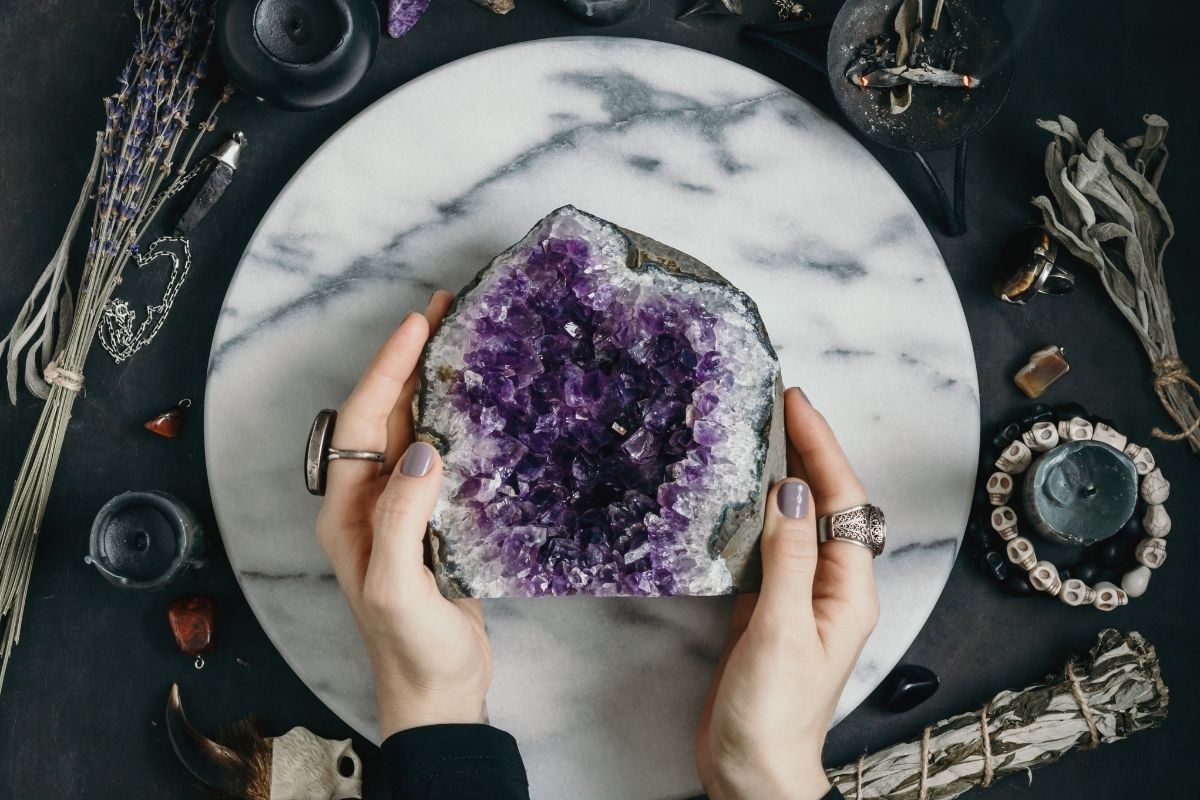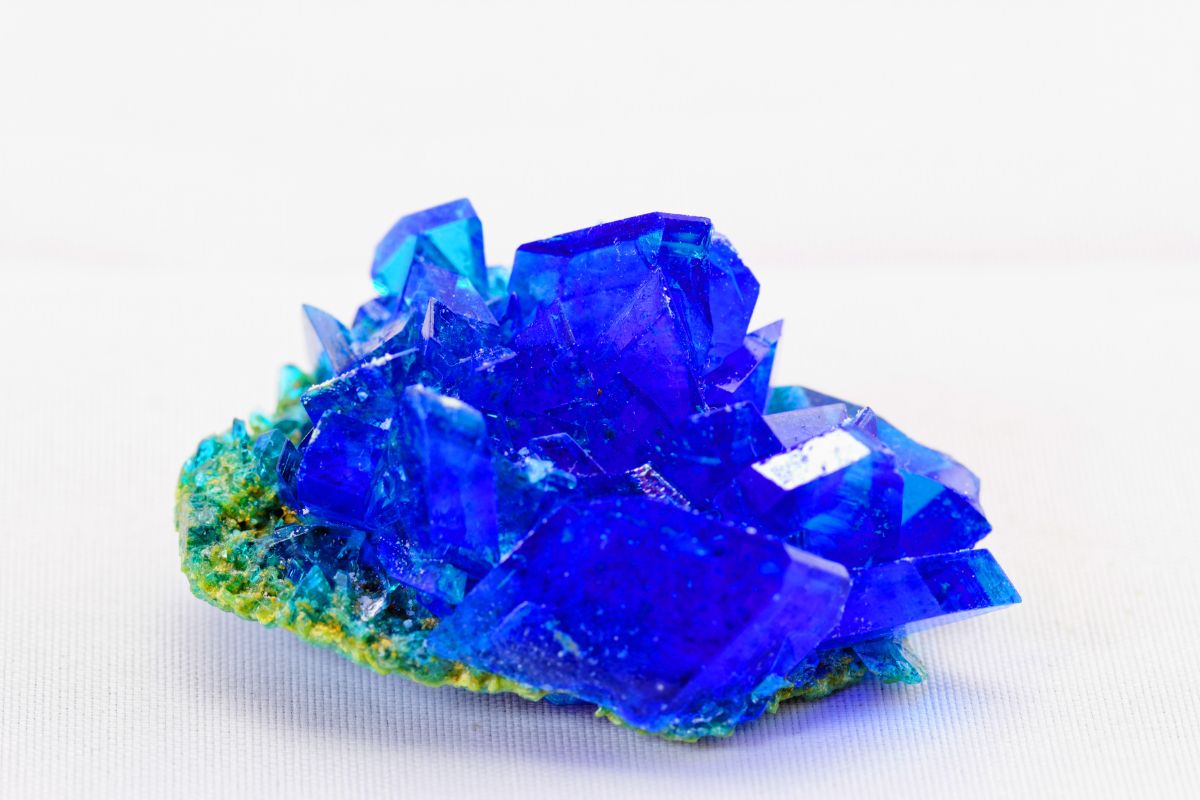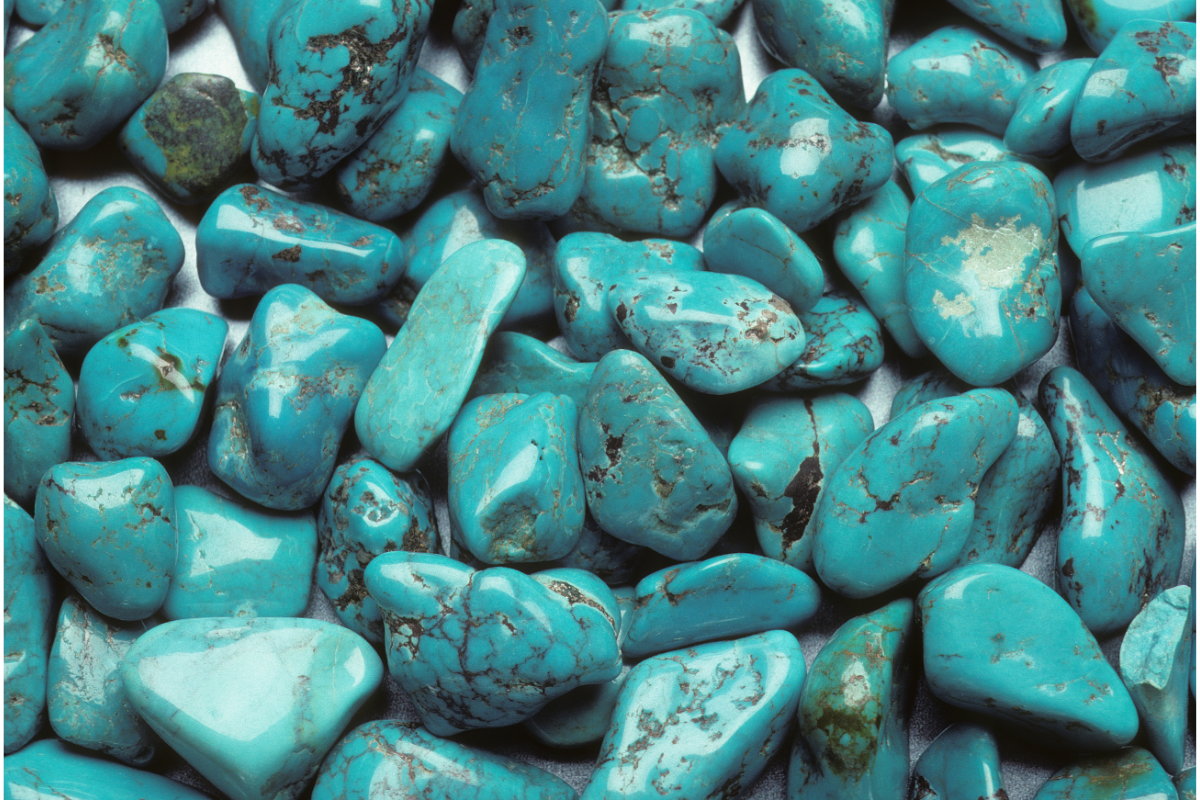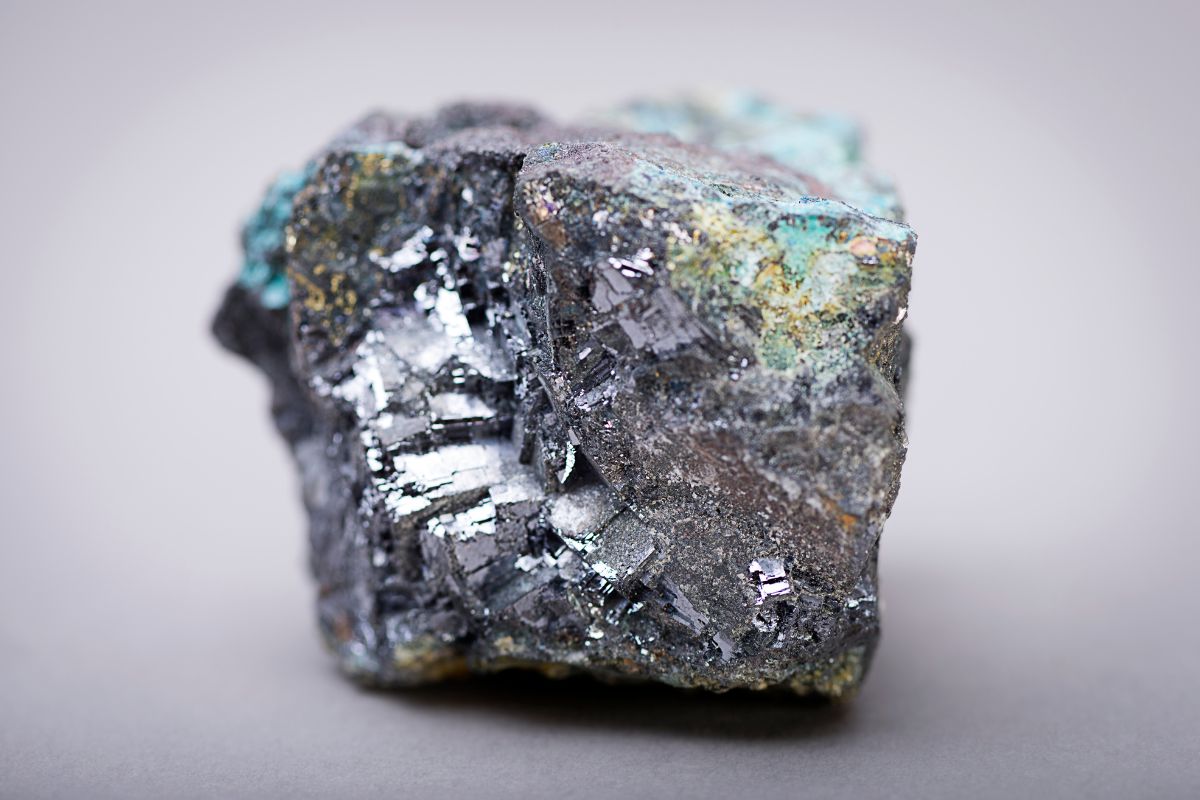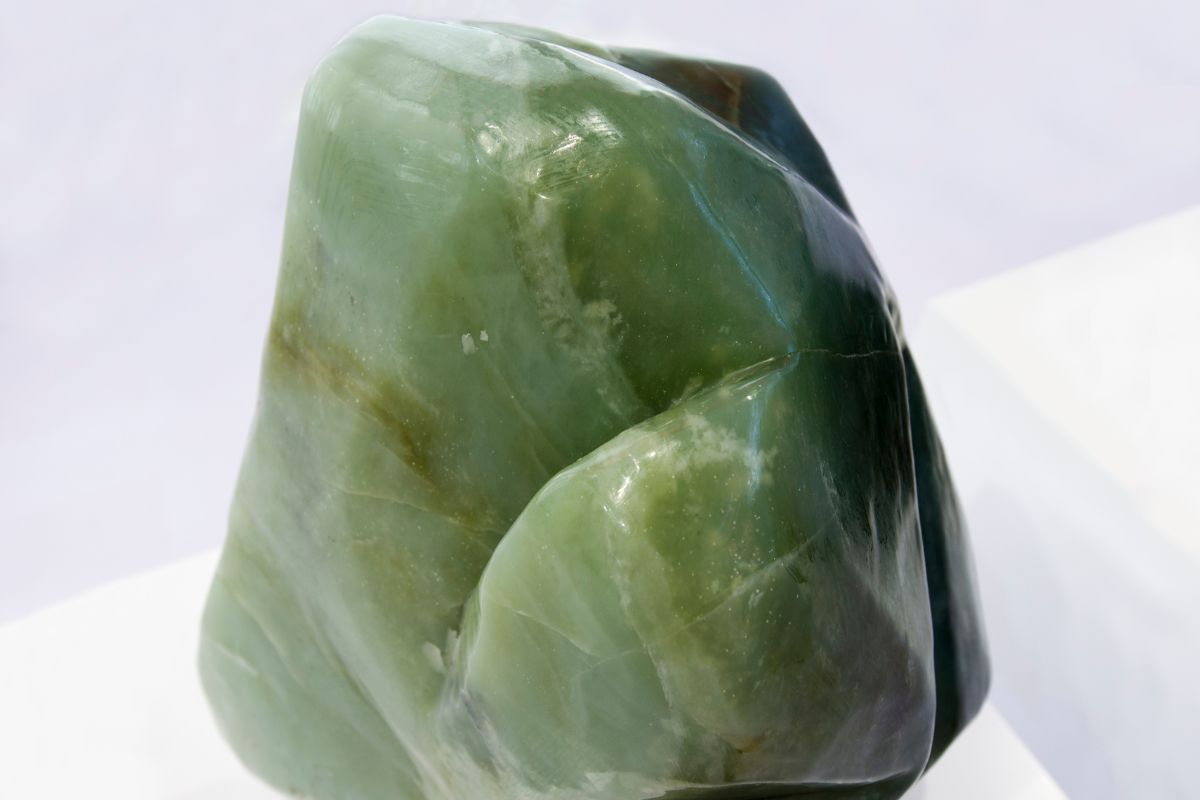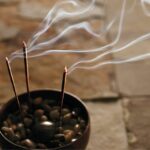Turquoise is one of the most popular gemstones in the world. This expensive material is often used for jewelry and decorative pieces.
While many people identify turquoise by its blue-green color, this does not mean that the stone is genuine.
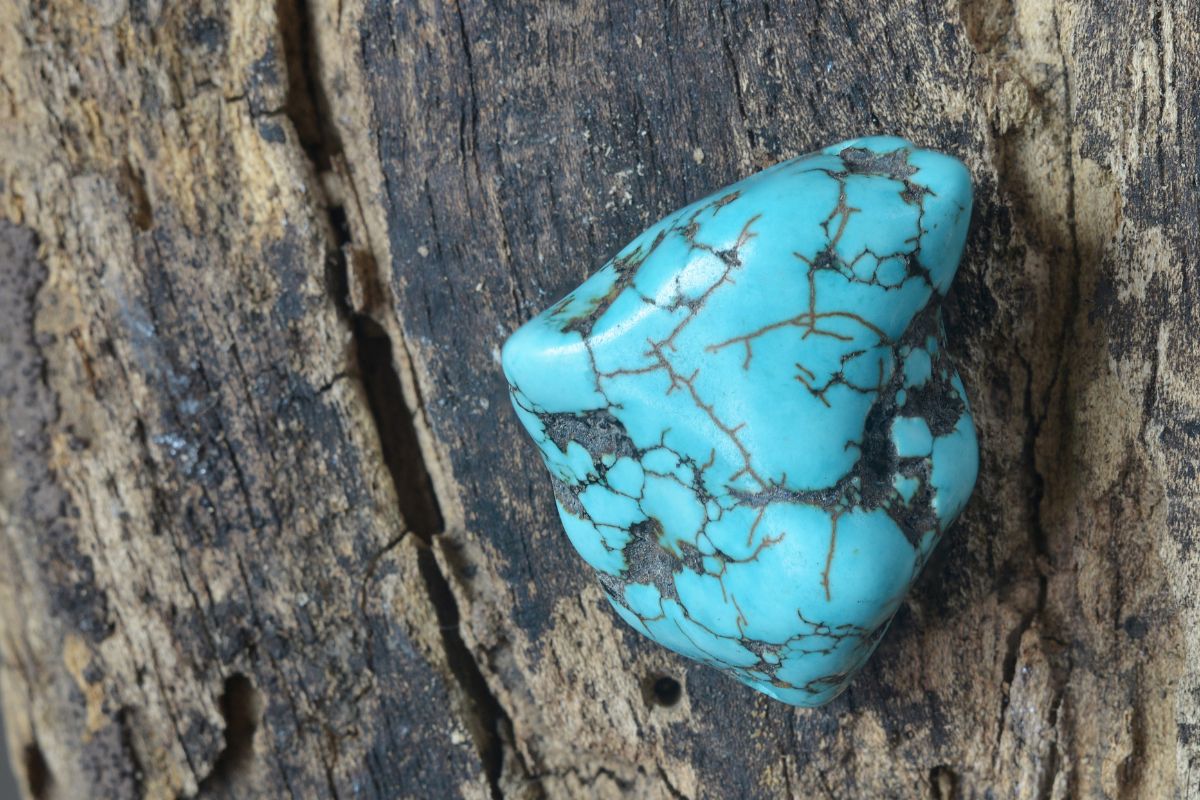
If your turquoise stone is too far below market value or it looks unusual, then this could be indicators that you have a piece of fake turquoise.
This article is a handy guide to help you identify raw turquoise (see also, ‘How to Identify Raw Jade‘) and ensure you don’t buy any fake gemstones.
How To Identify Genuine Raw Turquoise
It can be difficult to identify fake turquoise stones, especially when they have been processed.
Raw turquoise that is genuine may be still in its natural state. For example, it may be an uncut and unpolished stone that looks like a small piece of rock.
Before you buy turquoise, make sure to check all the factors that we mention below. You can also compare it side by side with a genuine piece of turquoise.
This can help to exclude at least some of the badly made fake stones. But there are also more reliable methods to test raw turquoise, including the scratch test.
Check The Stone Color
The obvious sign that your raw turquoise may be fake is the color. The blue and green color of turquoise comes from the natural elements that occur in the environment.
This is mostly copper, aluminum, phosphorous and water. All these elements mixed together create a stunning light teal color that makes turquoise stones so unique.
Take a close look at your stone and check that the color is solid without interruptions or color fluctuations.
While graded turquoise exists, it’s incredibly rare and wouldn’t usually be available to gemstones buyers.
Check The Turquoise Form
Unlike cut and polished turquoise, raw turquoise always comes in the form of a stone that may have rough edges.
Chunks of turquoise are never fully uniform which means that your raw stone will have a lot of ragged edges.
Look At The Stone’s Overall Appearance
When you are looking to identify stones and minerals, then it’s important to check the overall appearance of your stone.
Generally, coloration is one of the biggest clues. Turquoise usually has a distinctive color that reflects hues from light green to deeper blue.
If you spot these colors on your stone, then it is likely that it was dug up from the ground.
However, this shouldn’t be the only identification factor as there are some great dyes that can recreate the color effect of turquoise.
You should also check for any material on the turquoise stone. If you notice any residual rock or earth, then the stone must have been in the ground at some point.
Do The Hardness Test
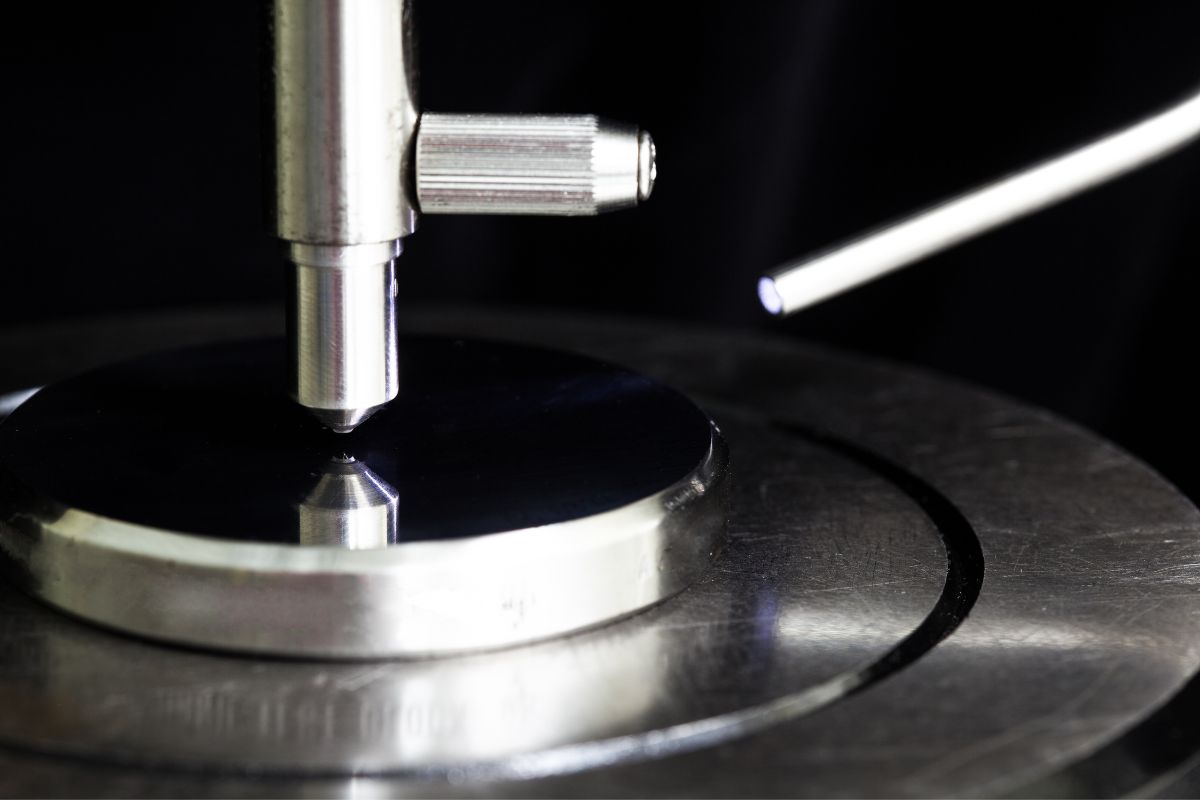
One of the most reliable way of identifying true raw turquoise is by doing a scratch test.
Fake turquoise typically uses softer material which means that this type of stone is much softer than raw turquoise.
This can make it much easier to find out if your turquoise is fake or raw.
Turquoise that isn’t raw is usually made from soft materials, such as howlite, epoxy, plastic, resin or magnesite.
These materials are then dyed to make them look like raw turquoise.
The scratch test is extremely simple. All you have to do is scratch your stone lightly with a sharp object, such as a steel knife. You can also use a piece of copper to do this test.
If your turquoise scratches easily, then this is a clear sign that it is fake. However, if you notice that your stone is scratch resistant, then you likely have a raw turquoise stone.
It’s worth saying here that there are also slightly softer raw turquoise stones that scratch a little easier.
That’s why, make sure to try out some other tests and carefully check the appearance and color of your stone.
Do An Acetone Test To Check For Dyes
Another way to distinguish fake turquoise from raw turquoise is to do an acetone test that checks for any dyes on the stone.
If your genuine turquoise is slightly softer, then a hardness test won’t give you certainty that your stone is genuine.
For example, good quality, dyed howlite is extremely similar to raw turquoise in color and hardness.
This being said, you can also check if your stone has been covered with a dye.
Just dip a paper towel into acetone (such as nail varnish remover) and gently rub it over the surface of your turquoise.
If you notice that your paper towel turns green or blue, then this is a clear indicator that your gemstone is fake.
While some jewelry makers also dye low-quality turquoise, this is very rare. If your acetone test shows that dye comes off the stone, then it is more likely dyed howlite.
Trace The Stone’s History
In a world where sustainability and the sourcing of materials becomes ever more important, buyers are also more interested in the origins and source of stones.
Certain turquoise mines across the world source their own varieties of turquoise. They even have names, such as Sleeping Beauty.
Although these stone varieties are distinctive, it is impossible, even for experts, to trace the mine that a raw stone has come from because the material changes hands so often.
If you want to determine the provenance of your turquoise, then you will need to trace its history and origin.
This is incredibly time-consuming work and it’s best to work together with a turquoise expert.
Consider The Price
If something is too good to be true, then this is often true. This counts especially for turquoise gemstones and jewelry of all kind.
If you are offered a turquoise stone that appears too cheap, then it is likely not a raw turquoise but a fake.
Final Thoughts
Raw turquoise has a beautifully vibrant color and it isn’t prone to scratches. In order to identify raw turquoise, make sure to check the stone’s appearance and do a scratch test.
- 15 Crystals That Cannot Be Exposed To The Sun - January 7, 2024
- Malachite Vs Fuchsite – Benefits And Uses - January 7, 2024
- Malachite Vs. Green Jasper: Benefits And Uses - January 7, 2024



